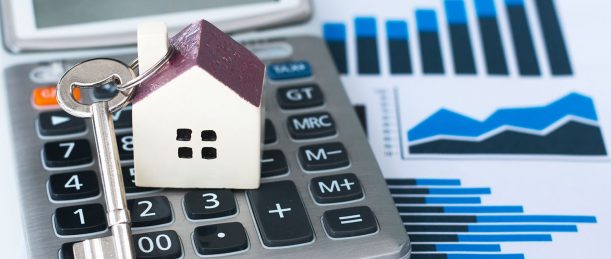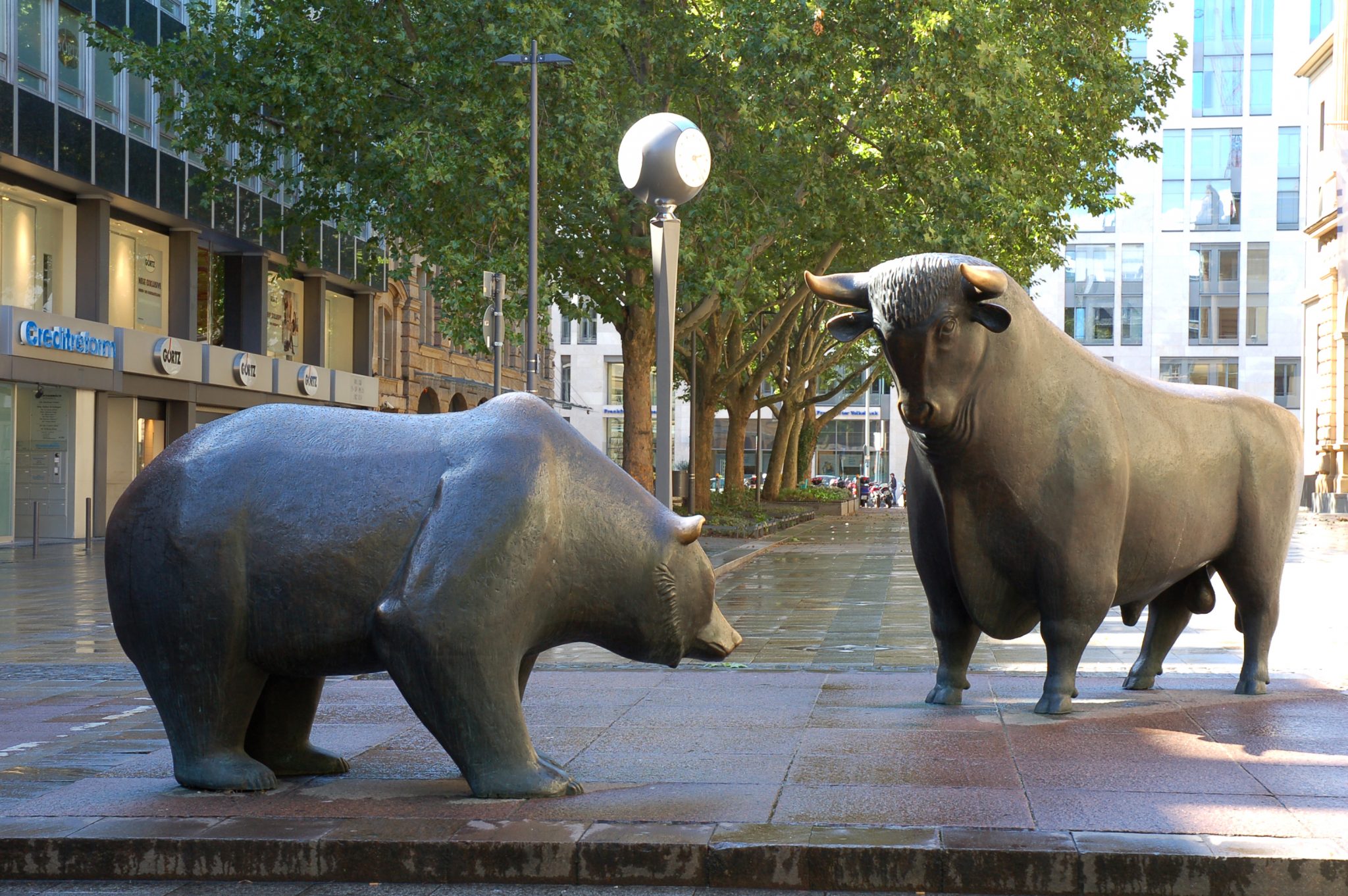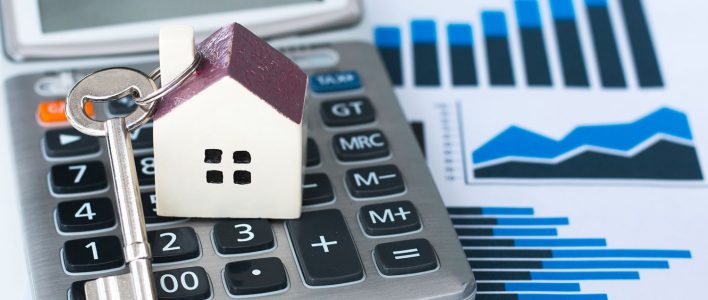
The Importance and Strategies for Setting Up a Rainy-Day Fund for Active Traders
Financial independence and self-reliance are essential for individuals who take an active role in trading, as successful trading often involves agile decision-making and having the right resources when needed. One essential resource that every trader, regardless of their level of expertise, needs to have is a rainy-day fund. This article will delve into the importance and strategies of setting up a rainy-day fund for active traders.
Why Do Active Traders Need a Rainy-Day Fund?
A rainy-day fund, often referred to as an emergency fund, is a financial safety net aimed at covering unexpected expenses. Its importance cannot be overstated for anyone striving for financial security, and active traders are no exception.
Trading involves a lot of uncertainties and risks. Even the most astute traders can incur losses due to market volatility or unexpected economic events. Having a rainy-day fund can serve as a buffer, protecting the trader from financial hardship during these periods of unfavorable trading conditions, thus enabling them to maintain their trading activities and lifestyle.
Setting Up Your Rainy-Day Fund as a Trader
By understanding your trading routine and financial circumstances, you can craft an effective strategy for setting up your rainy-day fund. There are three fundamental steps involved:
Assess Your Financial Needs
The rule of thumb is to save enough in your rainy-day fund to cover at least three to six months of living expenses. However, for active traders, this value could be higher due to the riskier nature of this profession. Accurately define your monthly expenses, including housing, food, utilities, healthcare, and other personal needs.
Choose the Right Saving Location
The second step is to decide where to save your rainy-day fund. It should be a place that is easily accessible in case of an emergency, but not so easily accessible that you’re tempted to dip into it for day-to-day expenses. High-yield saving accounts, money market accounts, or certificates of deposit (CDs) are some of the common options.
Develop Consistent Saving Habits
The final step is to cultivate a consistent saving habit. Active traders can often have fluctuating incomes. As a result, it can be helpful to commit a certain percentage of your trading earning to your rainy-day fund until the desired savings amount is reached. Also, try to replenish the fund as soon as possible if you’ve had to use some of it.
The Power of a Rainy-Day Fund for Active Traders
In conclusion, setting up a rainy-day fund as an active trader offers multiple benefits. Primarily, it provides a safety net in case of financial emergencies and helps mitigate the risks inherent to trading. By having the financial resources quickly available, you can weather through periods of losses or low returns less stressfully. Notably, a rainy-day fund can enhance your chance of long-term success in trading by enabling you to focus on your trading strategies rather than worrying about living expenses during tough periods.
Take the time to set up a rainy-day fund if you haven’t already and see the difference it makes in your financial security and peace of mind as an active trader.










